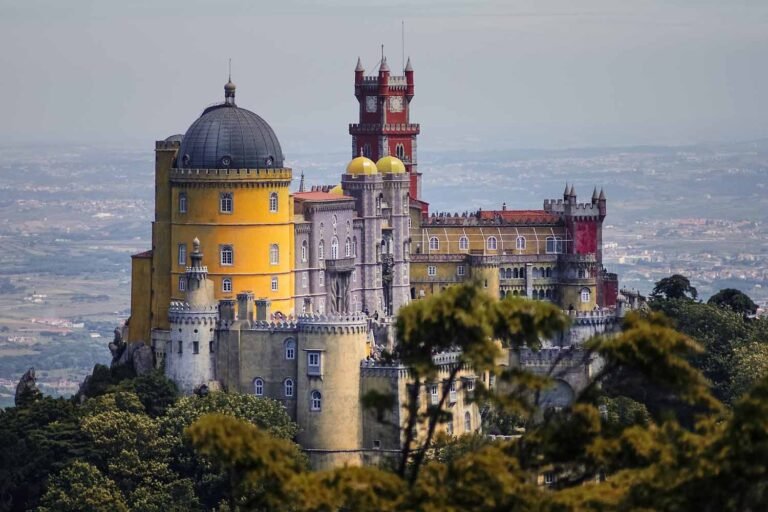Have you ever dreamed of visiting a beautiful European country with an unrivaled combination of stunning beaches, vibrant cities, and rich cultural heritage? If so, Portugal should be at the top of your list. This charming country is perched on the western edge of Europe and has captivated the hearts of travelers for centuries (for example, did you know that Lisbon is older than Rome?).
But what exactly is Portugal known for? Follow along as we delve into the various aspects that make this enchanting land truly unique — from its world-renowned cuisine and captivating architecture to its idyllic beaches and illustrious past.
22 Best Things Portugal is Famous For
Portugal is well known for its natural beauty, boasting rugged coastlines and beaches, rolling countryside, and vineyards. It’s home to vibrant cities like Lisbon, Porto, and Faro, where travelers can eat local delicacies such as codfish, drink port wine, or explore different shopping districts.
You’ll find several outdoor activities in this country, too, making it ideal for those looking to get away from their busy lives for a bit and enjoy some peaceful time surrounded by nature. However, Portugal is famous for more than port wine and beaches.
Fado

Fado’s mournful, often-romantic sound is an important part of the country’s music scene and cultural history. Walk into a Fado bar on a weekend evening, and you’ll experience the flooding sound of soulful singing with a certain emotion that captures the sorrows and joys of life.
What stands out about Fado is how it transcends language barriers — even those who don’t understand the native Portuguese words can feel the power behind this unique style of song. Moreover, Fado music has been around since at least 1820 and has influenced genres like blues, jazz, and folk.
Soccer

The world has been enamored with this Iberian national soccer team recently, partly due to international stars like Cristiano Ronaldo. However, the Portuguese national team also advanced quite far in the 2022 World Cup.
Teams such as SL Benfica, Sporting CP, and FC Porto have been consistent contenders in European leagues since the 1990s. Portuguese national squads have also made numerous deep runs into every major international tournament throughout the past few decades.
Codfish
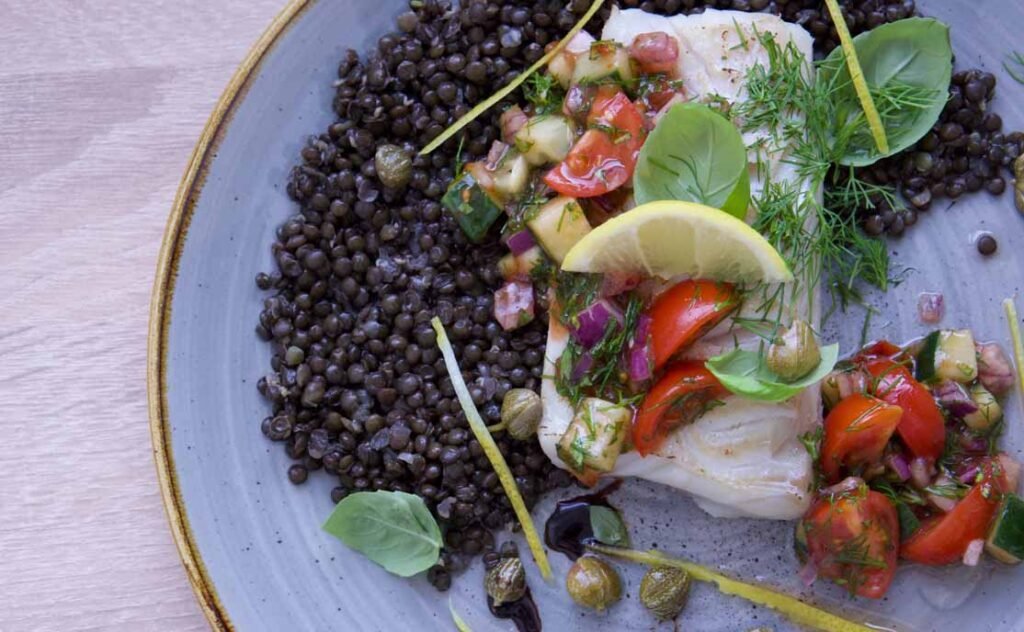
Portugal is a country steeped in seafood-related culinary history, with codfish being one of the most iconic dishes. This cultural delicacy is renowned worldwide for its delicious flavor and versatility; for locals, it’s the perfect addition to any meal.
Dating back centuries, Portugal has been known for its abundance of fresh fish in its waters, making codfish an ideal choice for a seafood-based dish. Portuguese cooks have also perfected codfish recipes over generations, often combining them with sauces and herbs like garlic and bay leaves to enhance the dish.
Port Wine
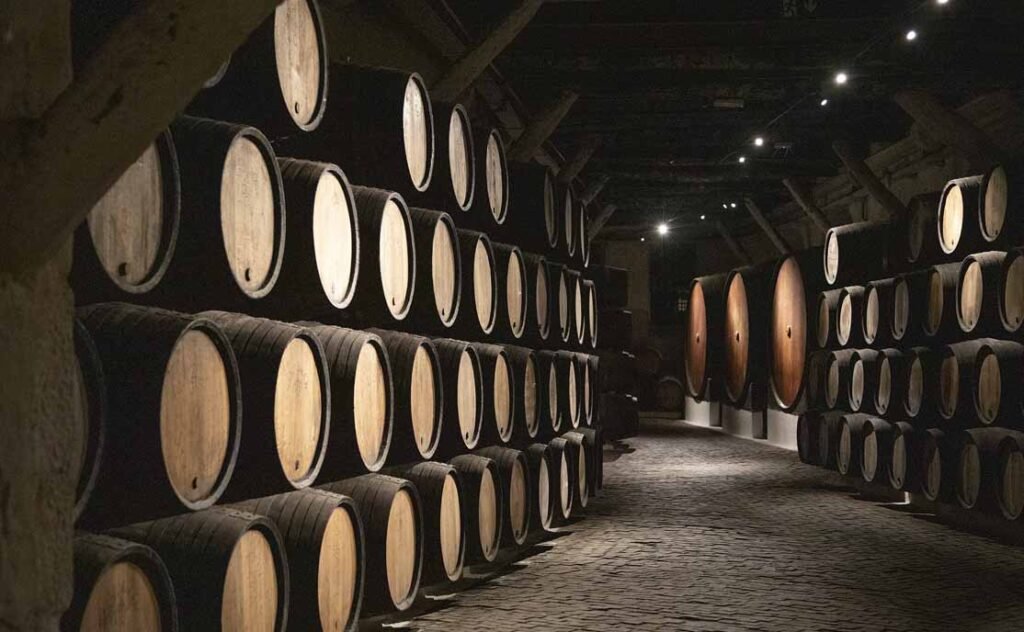
Portugal has a long and illustrious history with port wine. To explore the history of this famous drink, you’ll have to visit the banks of the Douro River, where it is produced before being shipped off for consumption in households worldwide.
While its popularity has shifted over time, from being the very status symbol of Victorian England to its contemporary image as an accessible and enjoyable form of vino, its character hasn’t wavered.
Portugal’s temperate climate creates a perfect environment for grapes that can be used to make full-bodied wines thick with tannins or bottled as sweeter dessert wines; in either form, they are highly acclaimed worldwide.
Pro Tip: If you have time, take a Port wine-tasting tour in Porto. We took one in October 2022 and were able to sample eight different glasses of Port wine at four different locations around the city and learned a lot about the history of Port wine in Portugal. It’s been one of our favorite tours in Portugal so far!
Also Read: Understanding & Exploring Types of Port Wine
300+ Sunny Days
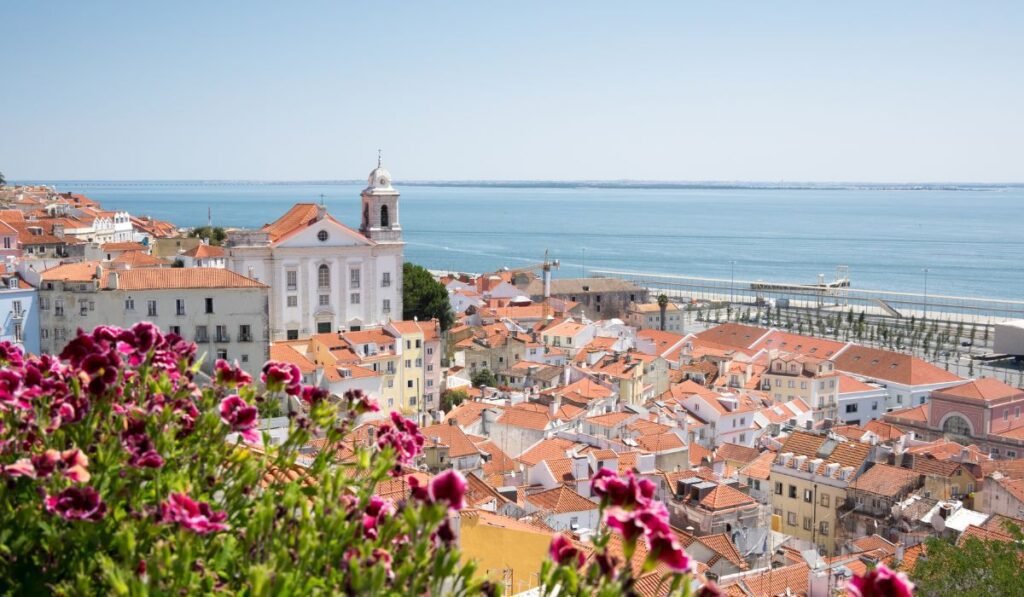
Portugal is indeed known for its incredible sunshine, and visitors flock to this beautiful country for stunningly sunny days. It is especially renowned for what locals and visitors refer to as the country with the “300 Days of Sun,” as its warm temperatures and bright skies bring abundant joy throughout the country pretty much year-round.
The only rainfall occurs from October to April, so rest assured you will stay dry during your summer vacation! Sun seekers usually travel from mid-May to September or October when the temperatures rise just enough outside the cities to enjoy a warm day in the Portuguese sun without sweating under the heat.
Whether bathing in Vilamoura’s golden coastline or exploring Lisbon’s fascinating history, getting some Vitamin D couldn’t be easier while surrounded by stunning terrain, enticing gastronomy, and welcoming people. Your best bet is due south, though!
Cork

Cork harvesting is a centuries-old tradition in Portugal, and the country exports and distributes approximately 60% of the cork on the planet.
It’s estimated that Portugal has around 2.7 million hectares devoted exclusively to cork oak forests. What’s so special about Portuguese cork? It’s known for its durability and fire resistance and is incredibly lightweight while still being waterproof, making it an ideal material for products like wine stoppers, bulletin boards, and insulation.
Even with its wide range of uses and benefits, cork has retained its touch of luxury. Bags, purses, and wallets are commonly made from cork found in Portugal.
Algarve
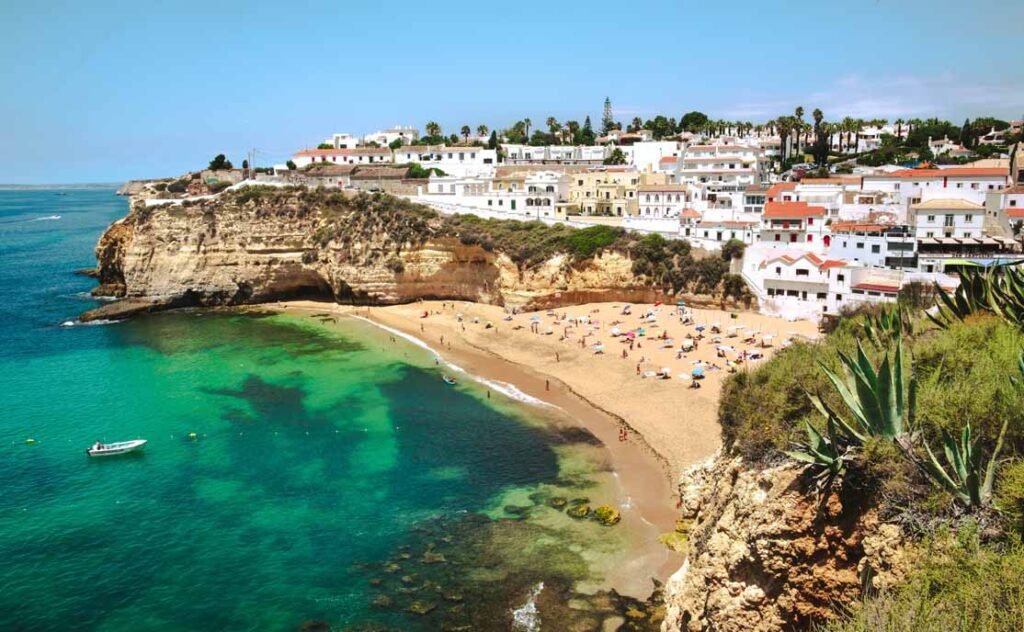
Portugal is known for its stunning beaches, and the Algarve is no exception. This region of Portugal is popular among tourists and Portuguese alike for its sun-drenched golden sand beaches, picturesque cliffs that plunge into crystal clear waters, and an array of colorful fishing towns along the coast.
From cozy guesthouses and boutique villas to stunning marinas, surfing spots, and vibrant nightlife, it’s easy to see why this part of the country is so beloved. Plus, if you’re up for an adventure, there are plenty of cultural sites to explore, such as palaces, old churches, Moorish ruins, and more.
Azulejo Tiles
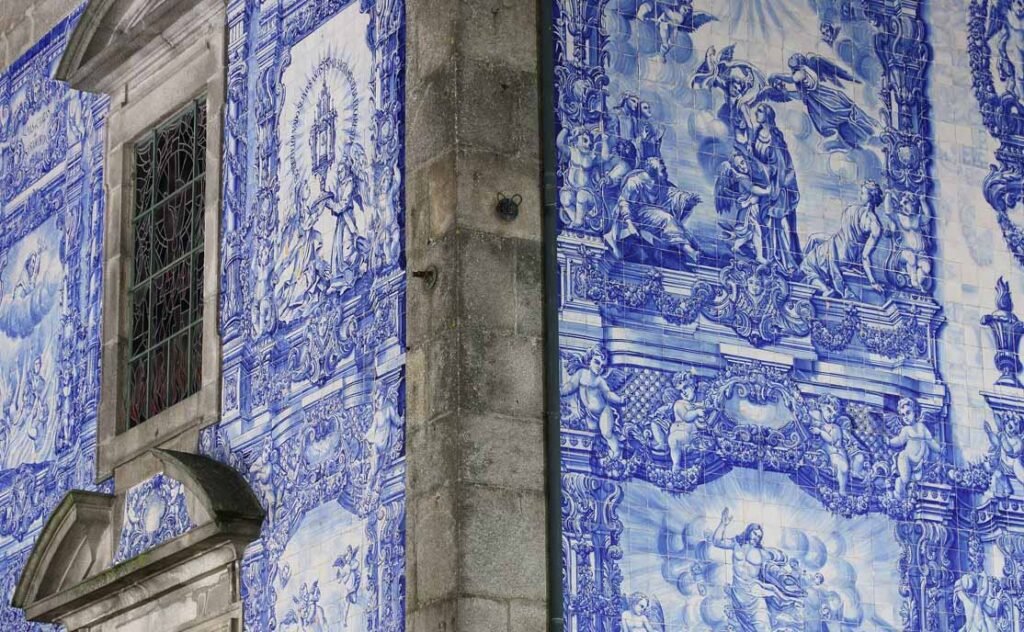
As soon as you land in Portugal, you’ll likely see them. You know, the unmistakably bright, decorative tiles called Azulejos. These tiles date back centuries and traditionally adorn the walls and floors of Portuguese homes, businesses, churches, and more. Their vibrant colors and intricate patterns create a unique statement that vividly captures the spirit of Portugal’s rich culture, history, and traditions.
Although they came (largely) from the Moors, these tiles remain as popular today as they were centuries ago. Today, they’re considered contemporary art, with the perfect mix of old-world charm that blurs the lines between classic elegance and modern living.
If you’re interested in learning more about the history of Azulejo tiles in Portugal, we suggest a visit to the National Tile Museum in Lisbon.
Great Lisbon Earthquake
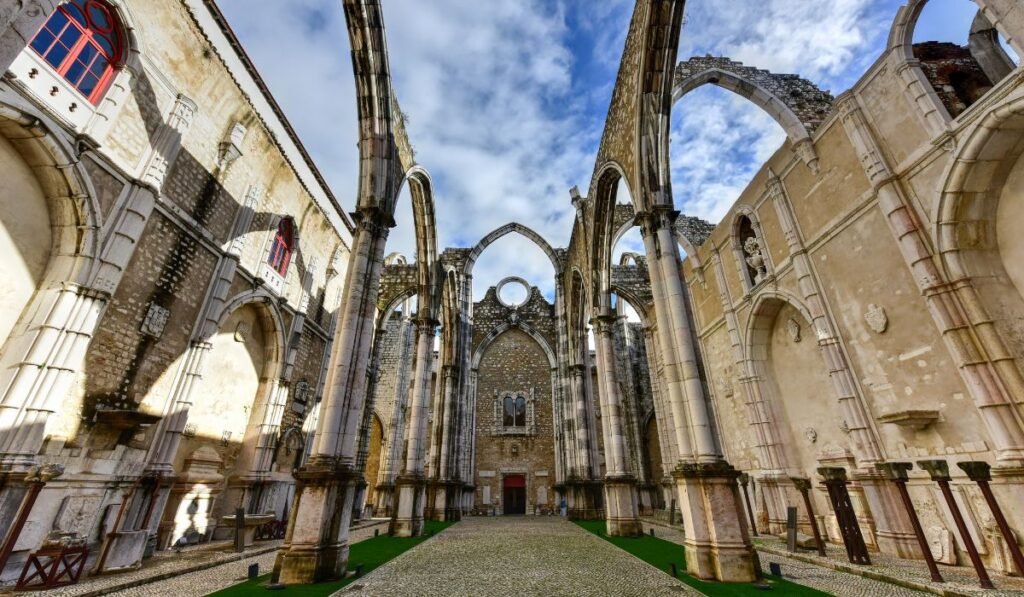
The Great Lisbon Earthquake was a devastating moment for Portugal in 1755. So many things happened on the morning of November 1st, 1755, that it’s unfortunately remembered for several reasons.
First came the earthquake, which was massive in terms of both magnitude and destruction, with an estimated magnitude of 9.0 on the Richter scale and damage almost completely wiping out the entire city of Lisbon.
Additionally, it had horrifying consequences as it caused fires that could not be put out due to water shortages throughout the city. The earthquake and the fires were followed by a tsunami that ultimately killed those fleeing from the hills of Lisbon who were looking for safety from the shaking.
Lastly, it was also marked by religious criticism, as some saw it as a punishment from God. For example, the roof of the Carmo Convent (pictured above) crumbled entirely, while the prostitutes and brothels living in Alfama were left pretty much untouched. How could this be?
This question led forward-thinking leaders in Lisbon at the time, led by liberal reformer Marquês de Pombal, to turn towards science for answers instead of religion. While devastating, this event contributed to Enlightenment debates at the time.
Ultimately, the Great Lisbon Earthquake has become synonymous with Portugal’s history through its devastating size and effect and significant impact on contemporary thinking. If you’ve ever visited Lisbon and thought, “Wow, this city is bright and colorful,” then you have the earthquake to thank for that.
Pro Tip: In 2022, Quake: Lisbon Earthquake Center opened and “combines video-mapping, interactive technology, and state-of-the-art simulators to take you back to 1755.” While it’s worth visiting the Carmo Convent to see the structure (and experience the surrounding views), if you’re going to spend money on one ticket, Quake is more worth it.
Decriminalized Drugs

Portugal is frequently praised for its progressive approach to drug policy. In 2001, the Portuguese government decriminalized all drugs and reshaped its policy structure to prioritize public health and recovery over punishment.
As a result, the number of people imprisoned due to drug use decreased drastically. At the same time, investment in health and social services increased, creating greater access to prevention, treatment, and harm reduction services for people with problematic drug use.
This groundbreaking decision made Portugal the model of international drug control policy and transformed the lives of many individuals often overlooked by traditional “tough on crime” responses.
Note: Just because drugs are decriminalized doesn’t mean they’re everywhere here. You won’t find cannabis clubs in Portugal as you do in Spain, and purchasing Delta 8 is still super hard here. HHC is legal in Portugal as of 2023, and you’ll find that more than anything else online.
Porto

No trip to this beautiful country would be complete without visiting Porto. The city is picturesque, vibrant, and buzzing with culture. Plus, it produces one of the world’s oldest and most iconic wines: port. This fortified tipple comes in wide varieties, from white to ruby and tawny, that offer something for everyone’s palette.
A visit to the Northern Portugal city ensures gorgeous views of the Douro River and plenty of unique photo opportunities. With its notable attractions, such as the 16th-century library Livraria Lello and famous churches like Igreja de São Francisco, Porto has enough to keep visitors busy regardless of their interests and tastes.
Pastel de Nata

Portugal is known for many things, but if one item is more iconic than all the rest, it’s the country’s famous pastel de nata.
This delightfully delicious pastry has been a staple in Portugal since the 18th century and has become an essential part of Portuguese culture ever since. The traditional sweet treat consists of an egg custard cream filling inside a baked puff pastry crust, usually topped with powdered sugar or cinnamon.
Today you can find these treats everywhere, from small bakeries to restaurants and cafes. Unsurprisingly, this special delicacy continues to delight locals and foreigners alike — a testament to Portugal’s unique culinary heritage for centuries.
Also Read: What Are Pastéis de Nata? | Portuguese Custard Tarts
Lisbon
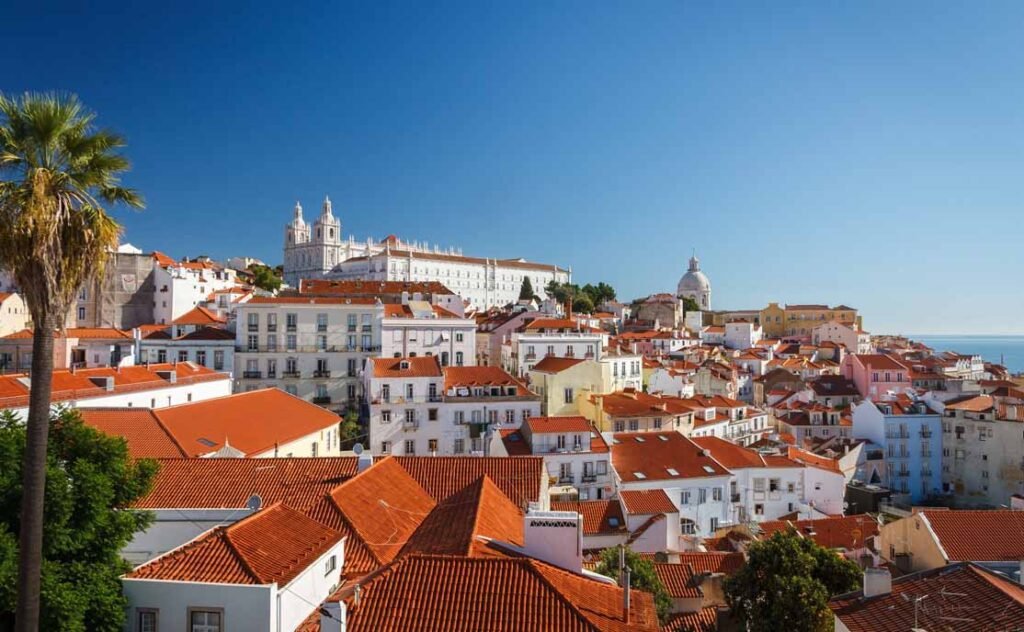
With its unique culture, vibrant atmosphere, and ancient history, Lisbon has long been a popular holiday destination for travelers.
Located on the Atlantic coast in southwestern Europe, the nation’s capital Lisbon has become synonymous with Portugal (although, don’t forget that in most photos of Lisbon, the water you’re seeing is the Tejo River, not the Atlantic Ocean!).
Lisbon embodies Portugal’s vibrant spirit with its cobbled streets, captivating architecture, bustling cafés, and maritime exploration history. Visitors can wander through narrow medieval alleyways while admiring 16th-century cathedrals that dot the cityscape.
From Sagres to Sintra, you’ll also find several towns nearby, each boasting its unique charm. Whether seeking an idyllic landscape or delving into Portuguese culture and cuisine, perhaps it’s no surprise that people associate this beautiful country with its capital city, Lisbon.
Also Read: The Best Day Trips From Lisbon
Nazaré
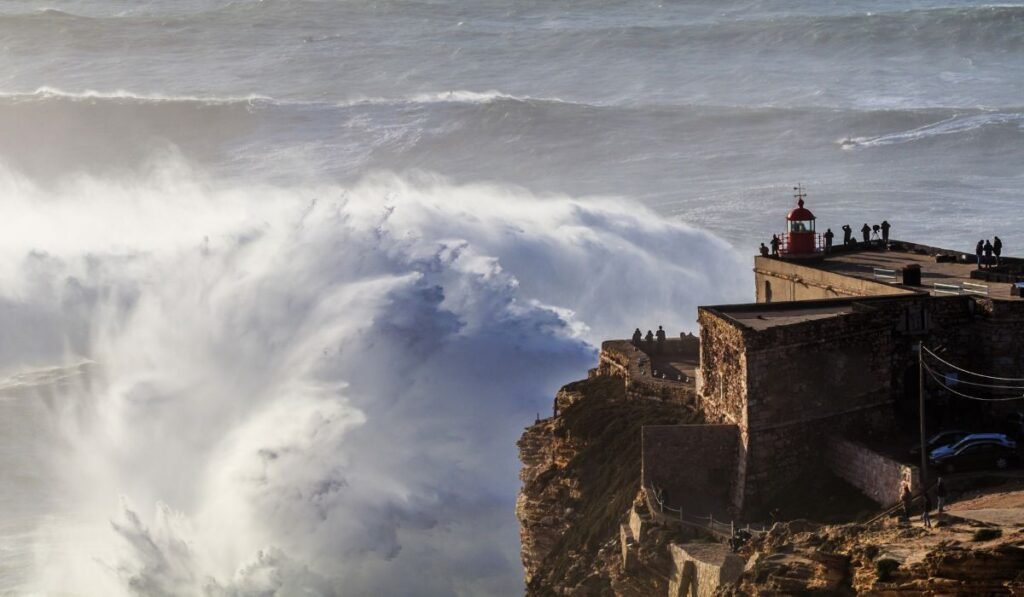
You’ve likely seen the waves before and just didn’t know they came from Nazaré, a small fishing village along Portugal’s Silver Coast. The city is known as one of the most legendary places for surfers in Europe, propelling it to become a premier surfing destination worldwide.
The biggest draw for surfers is the world-renowned monster wave, or “biggest wave is ever ridden,” which can reach heights of over 30 meters due to its unique geography. Because of its sheltered location and natural sand breaks, surfers, from beginners to professionals, come from all around the world to ride the waves here and show off their skills in front of international spectators.
Even if you don’t surf, it’s worth visiting Nazaré for its breathtaking shoreline, unique culture, and endless energy. It’s a mystical place like no other.
Beaches

Portugal is world-famous for its stunning beaches, from the golden-hued Algarve to the rugged Madeira. What makes Portugal’s beaches stand out? The coastline is adorned with weathered cliffs and coves, golden dunes, crystal-clear blue waters, and breathtaking views.
Sardines
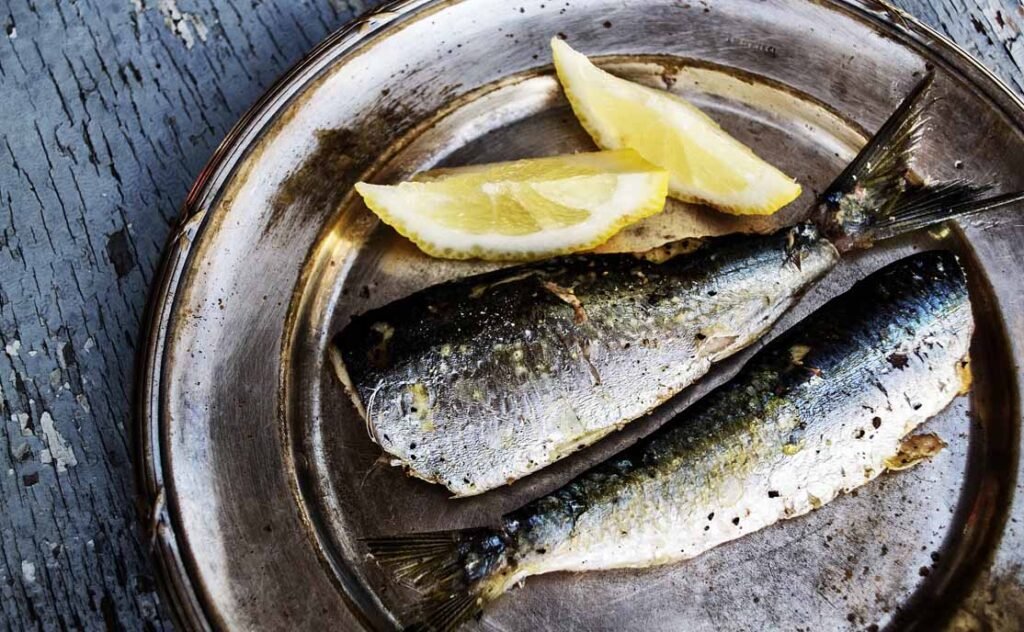
Portugal has long been renowned for the delicious, succulent, petite sardines that line the bustling backstreets of Lisbon. This trademark fish is abundant along Portugal’s 2,000-mile coastline, where it’s often served freshly caught with a slice of lemon or light barbecue glaze.
At any market stall or traditional eatery, you’ll find sardine pâté, tinned sardines, and fried sardines on a plate — endless possibilities!
In addition to being an integral part of Portuguese cuisine and culture, this small but mighty seafood dish has become a symbol for Portugal worldwide. This identity was especially solidified when Portuguese artist Rafael Bordalo Pinheiro used it to create his iconic “Sardinha em Conserva” comic strip.
Azores
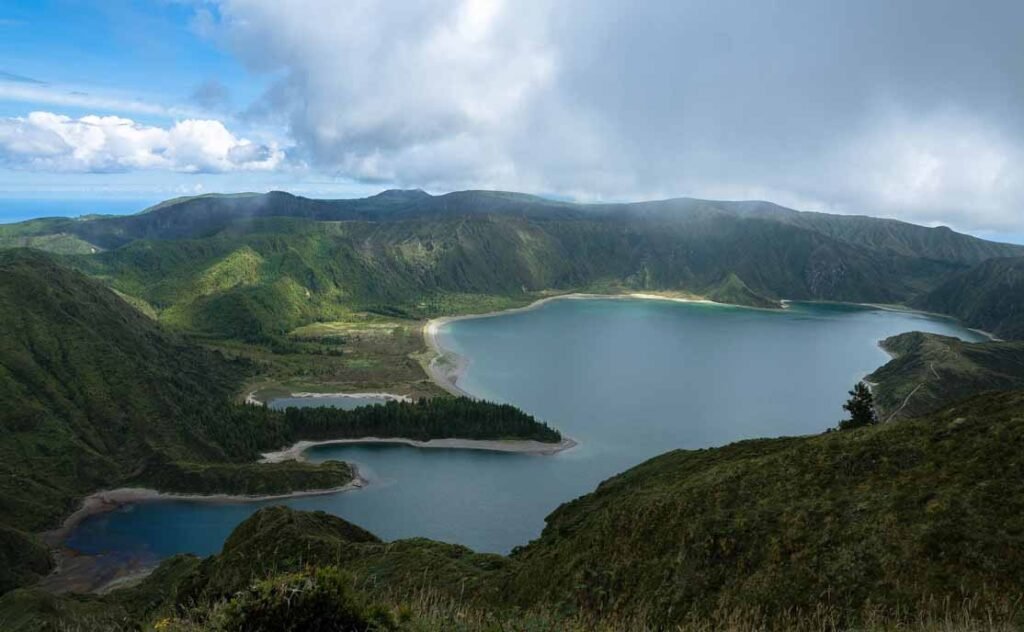
Portugal’s Azores Islands have earned quite a name for themselves. Beautiful scenery and amazing wildlife can be found within its nine volcanic islands, each offering stunning landscapes begging to be photographed.
Elaborate works of art made entirely of stone inhabit the rugged cliffs and shorelines that line the islands. Tourists can also explore different geographical wonders in these spots, such as bubbling waterfalls, lava fields, and old volcanoes that are still active.
Perhaps the best part of all is the teal blue waters along the coast that are so crystal clear it looks like you are swimming in glass. It’s no wonder people call this region the Hawaii of Europe.
Famous Explorers

Although it is a small European country (with just over 10 million inhabitants as of 2023), Portugal certainly has an illustrious history of exploration. Explorers from Portugal have crisscrossed their way around the globe, reaching some of the most unusual and faraway places unseen by anyone else.
Some of its most famous explorers include Vasco da Gama and Ferdinand Magellan, who sailed worldwide on separate expeditions. They made many discoveries that changed world history and helped open up new opportunities for trade and commerce.
Ultimately, Portugal’s successful explorations laid the groundwork for future voyages and helped shape cultural history as we know it. It’s also why you’ll notice such a rich theme of exploration and navigation when visiting the country.
Fun Fact: Did you know that the yellow part of the Portuguese flag is actually an armillary sphere? It’s an astronomical once used to navigate oceans.
Yellow Trams
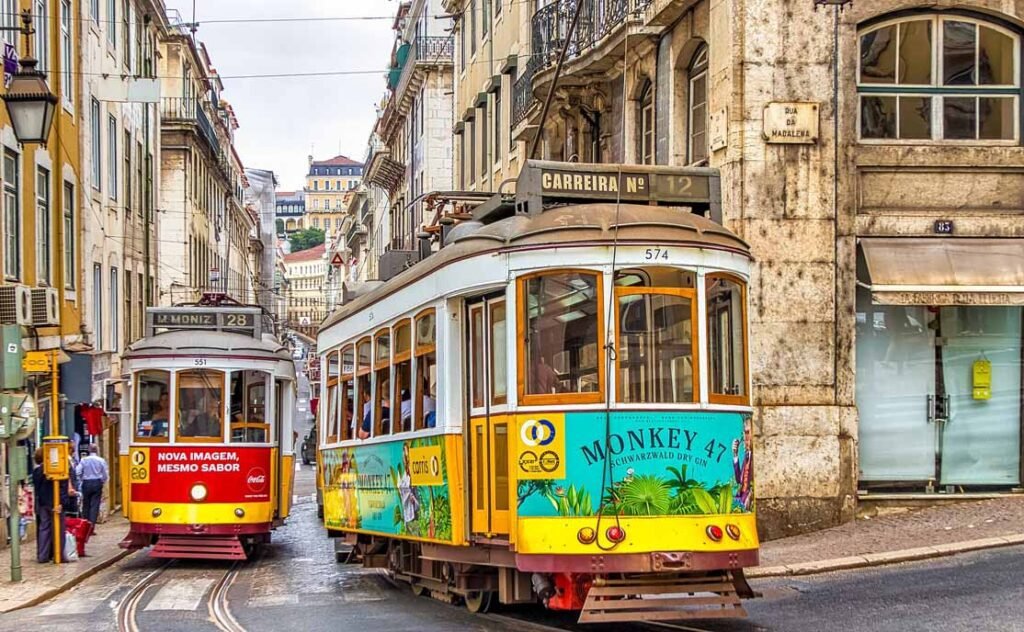
For many locals, these vintage yellow trams bring back memories of childhood holidays, chock full of nostalgia and merriment. Tourists come far and wide to ride them, eagerly seeking out the thrilling experience that draws so many people in.
The color was chosen to reflect the vibrant culture and stand out amongst the more generic vehicles that often fill the streets. The popularity of yellow trams never seems to fade; they are a firm favorite both with those who have been on them for decades and new generations discovering their charm for the first time.
Friendly People

From the warm welcome you receive when arriving at the Lisbon airport to the hospitality and helpfulness of locals around the country, it’s clear that hospitality and friendship are deeply engrained in Portuguese culture.
For those visiting Portugal, this can mean everything from helpful tips on local attractions to invitations for dinner or drinks with strangers turned friends. People in Portugal value connection and appreciate visitors taking an interest in local landscapes, histories, foods, and more.
We’ve traveled the world and have truly never met people quite like the Portuguese. They are patient, kind, and eager to share their culture. To us, that is what Portugal is known for.
So, What Is Portugal Famous For?
A little bit of everything, honestly. You can relax on some of the best beaches in Europe or explore the stunning towns and villages that dot the countryside.
Portuguese cities are alive with culture, music, history, and art for you to experience. Wander through centuries-old architecture or try some of the world’s most famous wines at one of Portugal’s many wineries. You can also immerse yourself in some of Portugal’s most beautiful rural landscapes and picturesque natural areas or visit festivals throughout the year that bring together music, dance, food, and wine.
Whatever you’re looking for, you’ll find it here in Portugal.

